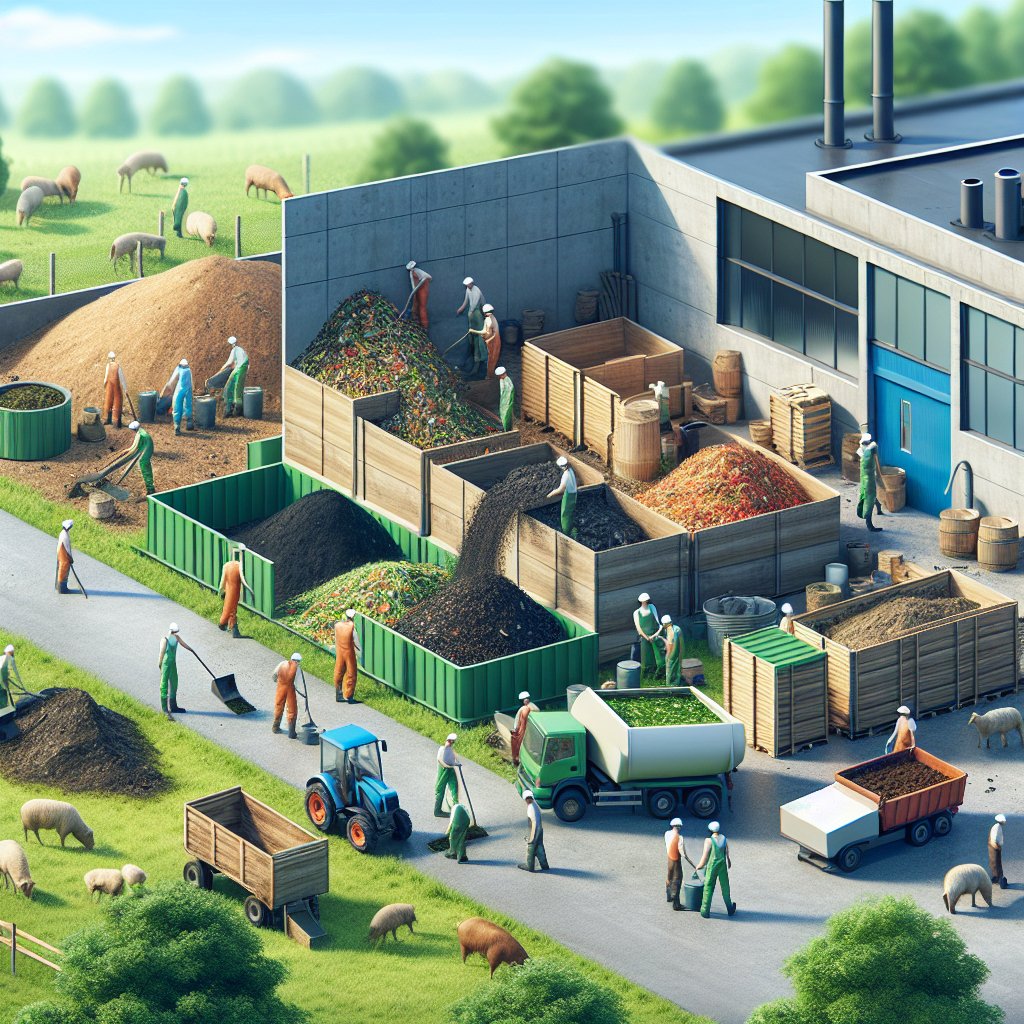Growing wheat and barley for maximum yield requires a combination of understanding the crops’ biological needs, implementing effective farming practices, and utilizing modern agricultural technologies. These grains are staple crops in many parts of the world, providing essential nutrients and serving as a foundation for various food products. This article will explore the key factors involved in cultivating wheat and barley, focusing on soil preparation, planting techniques, pest management, and harvesting strategies.
Understanding the Basics of Wheat and Barley Cultivation
Wheat and barley are both cereal grains that belong to the grass family. They have been cultivated for thousands of years and are integral to global agriculture. Understanding their growth requirements is crucial for achieving high yields.
Soil Preparation
Soil preparation is the first step in ensuring a successful wheat or barley crop. Both crops thrive in well-drained, fertile soils with a pH between 6.0 and 7.5. Before planting, it’s essential to conduct a soil test to determine nutrient levels and pH. Based on the results, farmers can amend the soil with lime to adjust pH or add fertilizers to supply necessary nutrients like nitrogen, phosphorus, and potassium.
Tillage is another critical aspect of soil preparation. It helps to break up compacted soil, incorporate organic matter, and control weeds. However, excessive tillage can lead to soil erosion and loss of organic matter, so it’s important to balance these factors. Conservation tillage practices, such as no-till or reduced-till, can help maintain soil health while preparing the land for planting.
Planting Techniques
Timing and method of planting are crucial for maximizing wheat and barley yields. Wheat is typically planted in the fall for winter varieties or in the spring for spring varieties. Barley is usually planted in the spring. The choice between winter and spring varieties depends on the local climate and growing conditions.
Seed selection is another important consideration. Farmers should choose high-quality, disease-resistant seed varieties that are well-suited to their region. Proper seeding rates and depth are also essential. Wheat and barley seeds should be planted at a depth of 1 to 1.5 inches, with a seeding rate that ensures optimal plant density. This helps to maximize sunlight capture and minimize competition for resources.
Managing Pests and Diseases
Pest and disease management is a critical component of achieving high yields in wheat and barley cultivation. Both crops are susceptible to a range of pests and diseases that can significantly impact yield and quality.
Common Pests and Control Methods
Some common pests that affect wheat and barley include aphids, armyworms, and cereal leaf beetles. Integrated Pest Management (IPM) strategies are effective in controlling these pests. IPM involves monitoring pest populations, using biological control agents, and applying chemical pesticides only when necessary. This approach helps to minimize environmental impact and reduce the risk of pesticide resistance.
Disease Management
Diseases such as rusts, powdery mildew, and Fusarium head blight can severely affect wheat and barley crops. Crop rotation, resistant varieties, and timely fungicide applications are key strategies for managing these diseases. Regular field scouting and accurate disease identification are also important for effective management.
Optimizing Harvesting and Post-Harvest Practices
Harvesting at the right time and using proper techniques are crucial for maximizing yield and quality. Wheat and barley should be harvested when the grains have reached physiological maturity and moisture content is optimal for storage.
Harvest Timing and Techniques
For wheat, the ideal harvest time is when the grain moisture content is between 13% and 15%. Barley should be harvested at a slightly higher moisture content of 16% to 18%. Using a combine harvester with the correct settings for the crop and field conditions ensures efficient harvesting and minimizes grain loss.
Post-Harvest Handling
After harvesting, proper drying and storage are essential to prevent spoilage and maintain grain quality. Grains should be dried to a safe moisture level for storage, typically around 12% for wheat and barley. Storage facilities should be clean, dry, and well-ventilated to prevent mold growth and insect infestations.
In conclusion, growing wheat and barley for maximum yield involves a comprehensive approach that includes soil preparation, planting techniques, pest and disease management, and optimized harvesting practices. By understanding and implementing these strategies, farmers can achieve high yields and produce high-quality grains that meet market demands.



